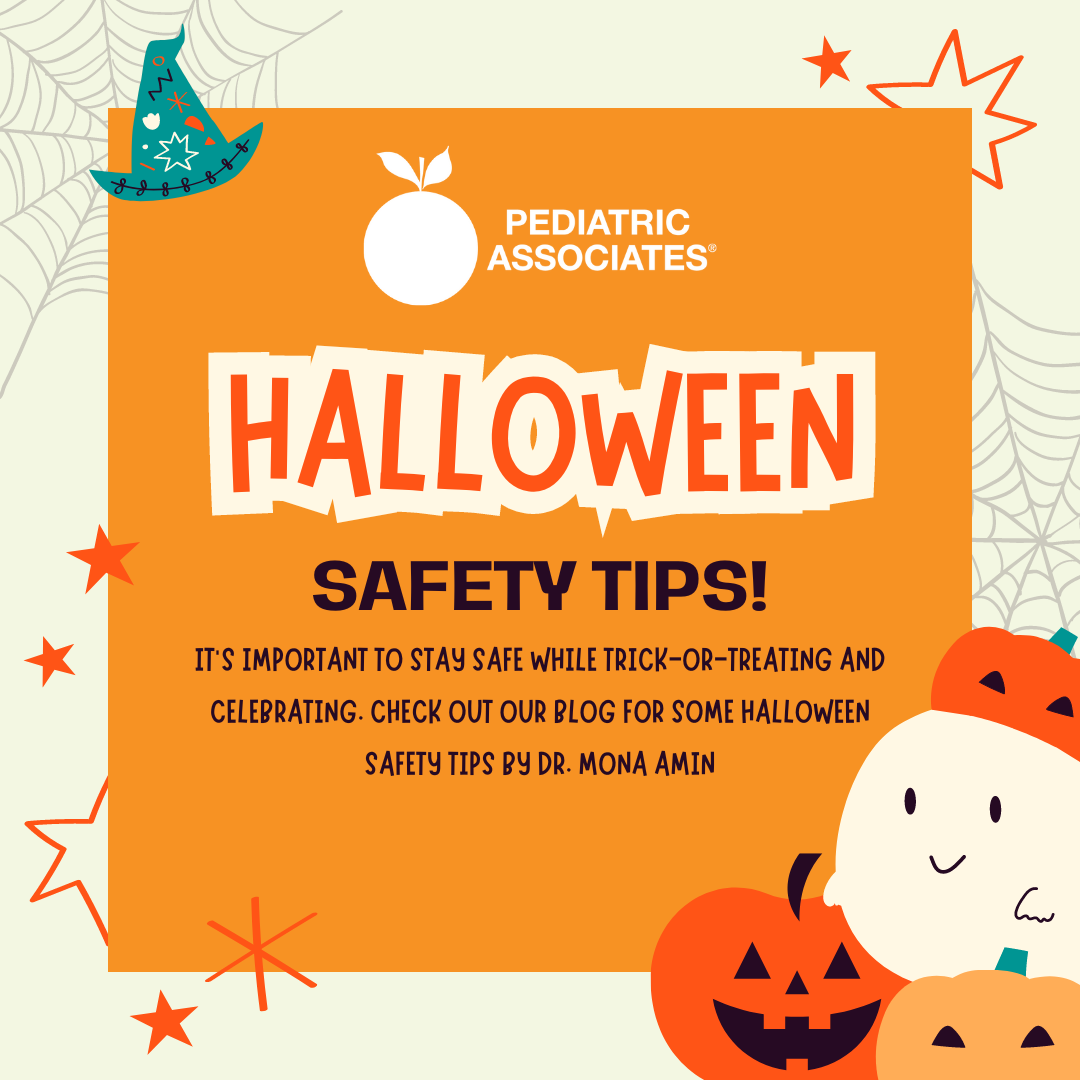
Halloween can be a fun and exciting time for children, but safety should always come first. Here are three top Halloween safety tips for parents to ensure their children have a safe and enjoyable experience:
Costume Safety:
Choose Bright Colors and Reflective Materials: Select costumes that are brightly colored or have reflective elements to make your child more visible to drivers in the dark. You can also use glow sticks or flashlights to enhance visibility.
Ensure Proper Fit: Make sure costumes are the right size to avoid tripping hazards. Tripping hazards are a common source of injury. Avoid costumes with long, flowing fabric or accessories that could cause your child to trip or become entangled.
Safe Masks: If your child is wearing a mask, ensure it has large eye holes for clear vision and doesn’t obstruct their breathing. Alternatively, use face paint, but make sure it’s non-toxic and safe for sensitive skin.
Pedestrian and crowd Safety:
Use Crosswalks and Walk on Sidewalks: Instruct your children to use crosswalks and walk on sidewalks whenever possible. Remind them to look both ways before crossing the street and to never run across the road.
Be Extra Cautious at Night: Since Halloween typically involves walking in the dark, make sure your children carry a flashlight or wear glow-in-the-dark accessories. Drivers should also be particularly cautious and slow down in residential areas.
Crowd safety: make sure to hold small children’s hands in crowd. Small children especially under 4 are more likely to slip away and run and can get lost in crowds due to their ability to run fast between legs and weave in and out of people. Boundary-teaching is important but many kids still need a close eye on them.
Candy and treat safety:
Inspect Candy Before Eating: Check all candy and treats before your children eat them. Look for any signs of tampering, such as torn wrappers or unusual packaging. Discard any suspicious items.
Avoid Homemade Treats: Be cautious about accepting homemade treats from strangers. Stick to commercially wrapped candies to ensure safety.
Manage Dietary Restrictions: Be mindful of any food allergies or dietary restrictions your child may have. Check labels carefully and consider providing alternative treats if needed.
Come up with a sweet plan: decide before Halloween if you will allow free-reign to treats and sweets that night or if you will moderate eating. This is up to you. Whatever you do, do not shame the candy or put it on a pedestal. A good tip is to include it with a meal to avoid putting the candy on a pedestal or allow your child to eat a certain number a day.
By following these tips, you can help ensure a safer Halloween experience for your children, allowing them to enjoy the festivities with greater peace of mind.